VHO - From May 9-31, the Quang Nam Monuments and Museum Management Board will conduct archaeological exploration and excavation at Lac Cau site, Lac Cau village, Binh Duong commune, Thang Binh district ( Quang Nam ).
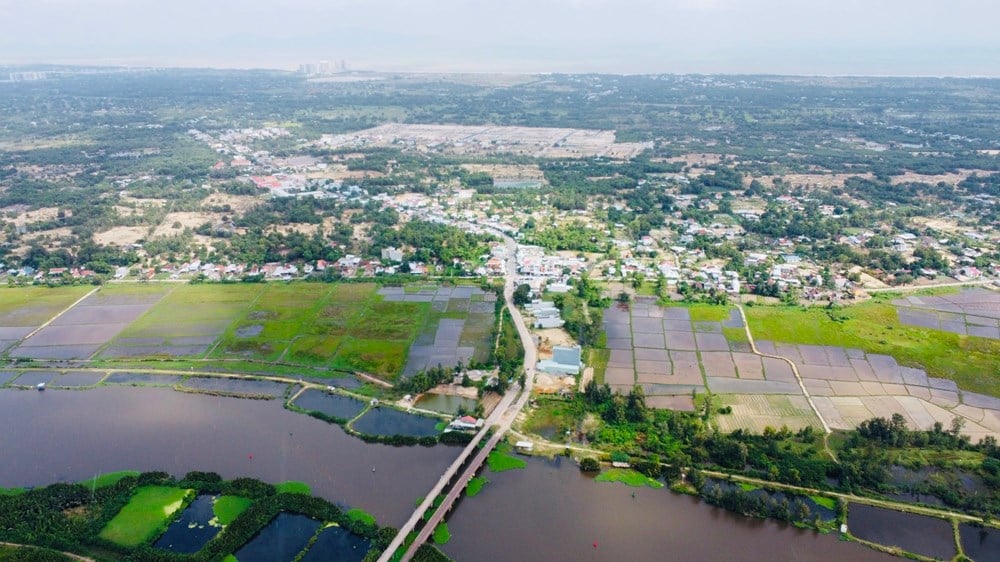
Previously, on May 6, the Ministry of Culture, Sports and Tourism issued Decision No. 1264/QD-BVHTTDL allowing the Quang Nam Monuments and Museum Management Board to explore and excavate archaeologically at the Lac Cau site.
The exploration and excavation took place on an area of 80m2 , of which the exploration area was 20m2 (including 5 holes x 04m2/1 hole, from hole TD1 to hole TD5); the excavation area was 60m2 (including 3 holes x 20m2/1 hole, from hole H1 to hole H3).
According to information from the Quang Nam Monuments and Museum Management Board, the Lac Cau archaeological site was named after the location where jar tombs belonging to the Sa Huynh culture were discovered in Lac Cau village, Binh Duong commune, Thang Binh district (Quang Nam) in 2021.
This is the land along the banks of the Truong Giang River in the coastal estuary where the Truong Giang and Thu Bon rivers merge and flow into Cua Dai sea.
The land planned for exploration and excavation belongs to the garden land of Lac Cau village, Binh Duong commune, 200m south of the Truong Giang river bank and 3km northwest of Lac Cau market.
In 2021, during farming, local people discovered a jar tomb on the garden land. After receiving a report from the people, Quang Nam Museum proceeded to process this archaeological relic.
A jar was discovered here with a burial form and burial arrangement similar to other Sa Huynh culture sites. The cylindrical jar with a truncated cone-shaped lid and a mouth with symmetrical pairs of holes were common in the development stage of Sa Huynh culture.
The jar is placed directly on the sandy ground, with burial ceramics placed outside and inside the jar. Funeral objects made of iron, bronze, and jewelry are placed inside and close to the bottom of the jar.
It is known that the decision of the Ministry of Culture, Sports and Tourism also clearly states that during the period of archaeological exploration and excavation, the licensed agency must pay attention to protecting the stratigraphy of the relic; is responsible for propagating to the people about the protection of cultural heritage in the locality, and not announce official conclusions without the agreement of the competent agency and the Department of Cultural Heritage.
The Quang Nam Monuments and Museum Management Board and the Quang Nam Provincial Department of Culture, Sports and Tourism are responsible for preserving and protecting artifacts collected during archaeological exploration and excavation to avoid damage or loss and report to the Minister of Culture, Sports and Tourism on plans to protect and promote the value of those artifacts.
After completing the archaeological exploration and excavation, the Quang Nam Monuments and Museum Management Board must have a preliminary report and propose a plan to manage and protect the archaeological exploration and excavation area within 1 month at the latest and a scientific report within a year at the latest, and send it to the Ministry of Culture, Sports and Tourism.
Before announcing the results of an archaeological survey and excavation, the licensed agency must discuss and reach an agreement with the Department of Cultural Heritage.
Source: https://baovanhoa.vn/van-hoa/khai-quat-khao-co-tai-lac-cau-se-mo-ra-nhieu-ky-vong-134100.html



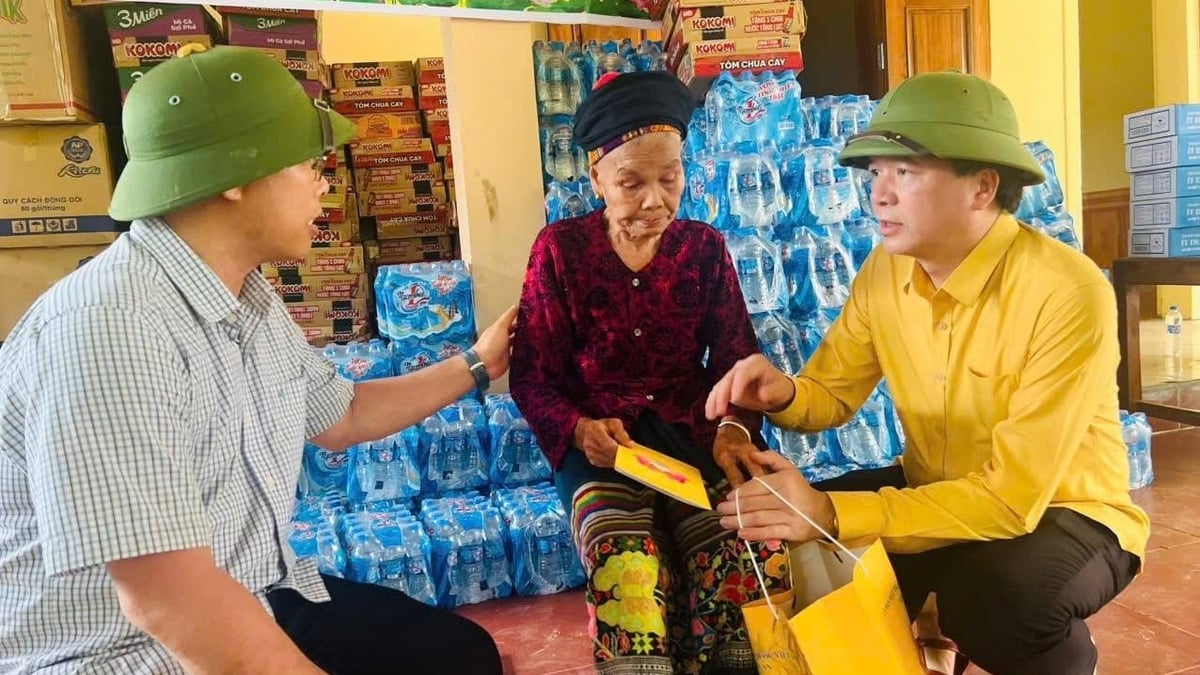
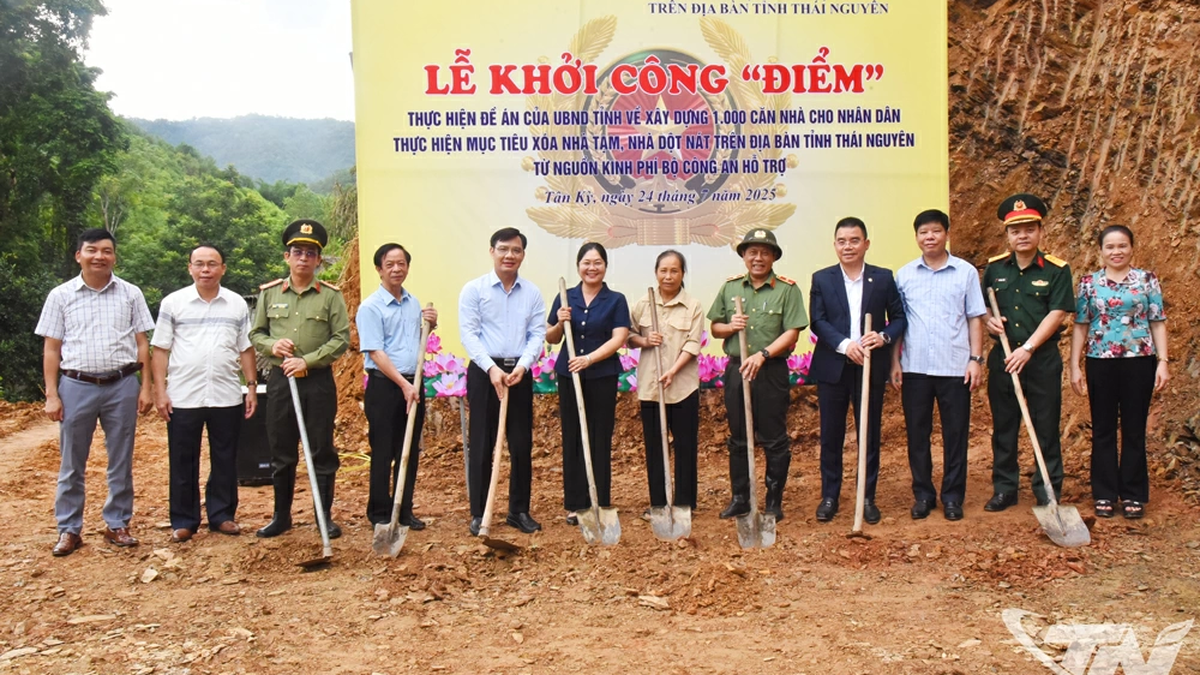

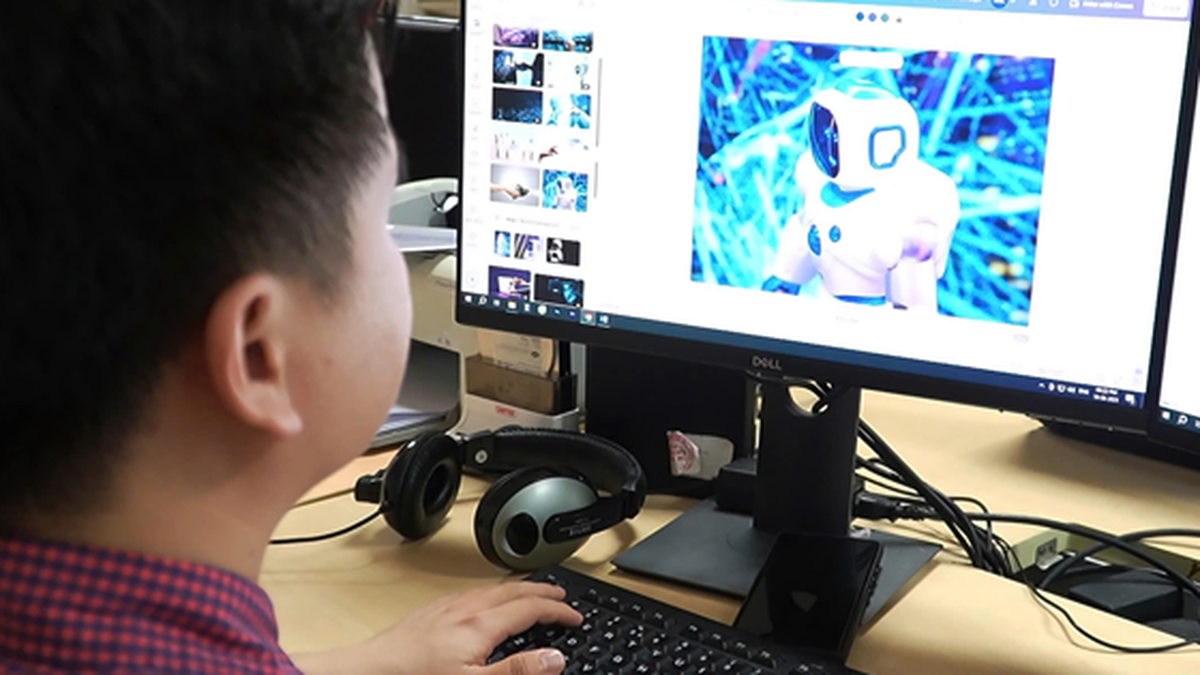
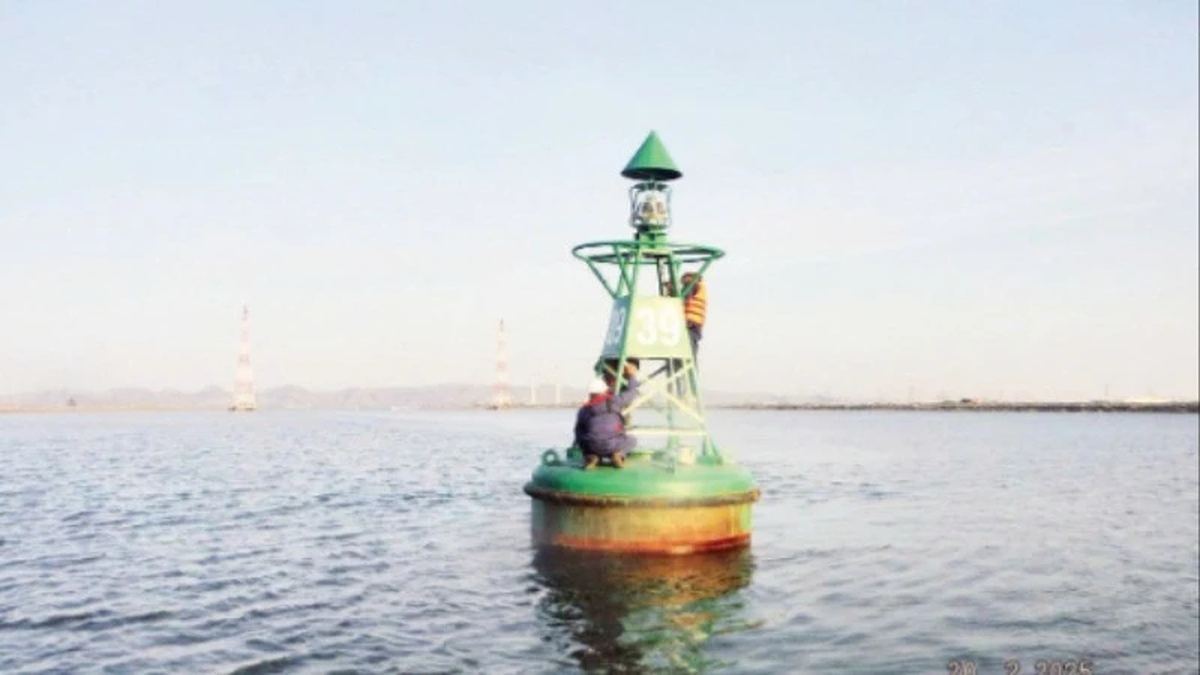
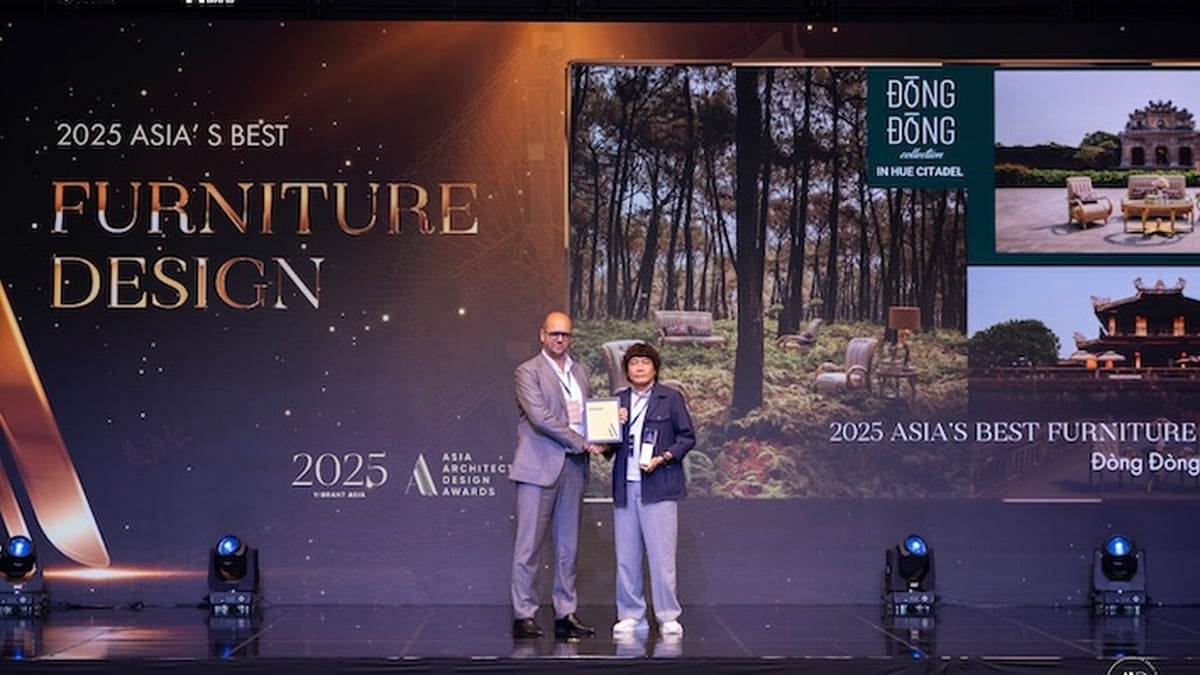

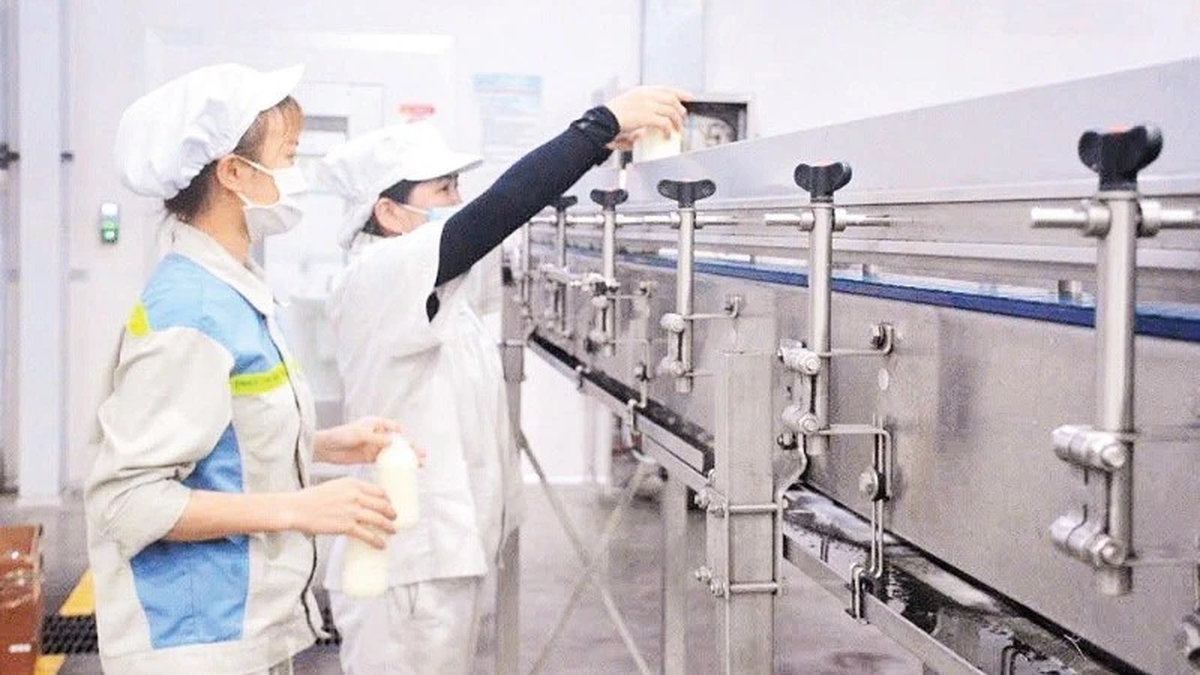
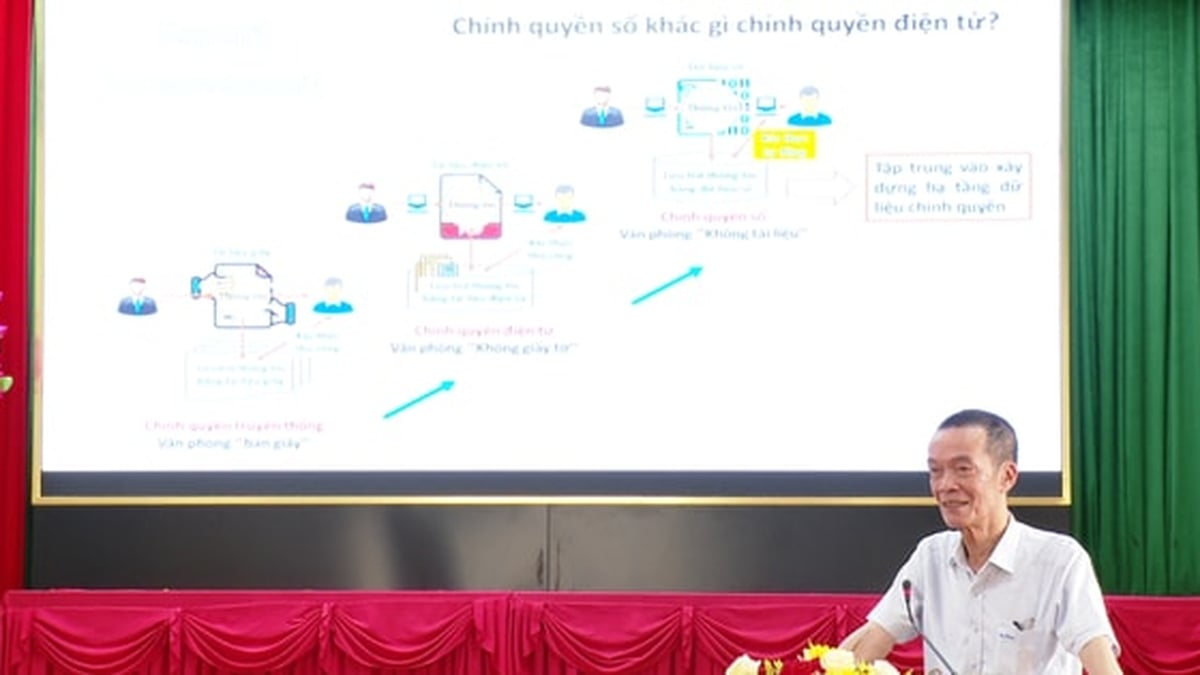











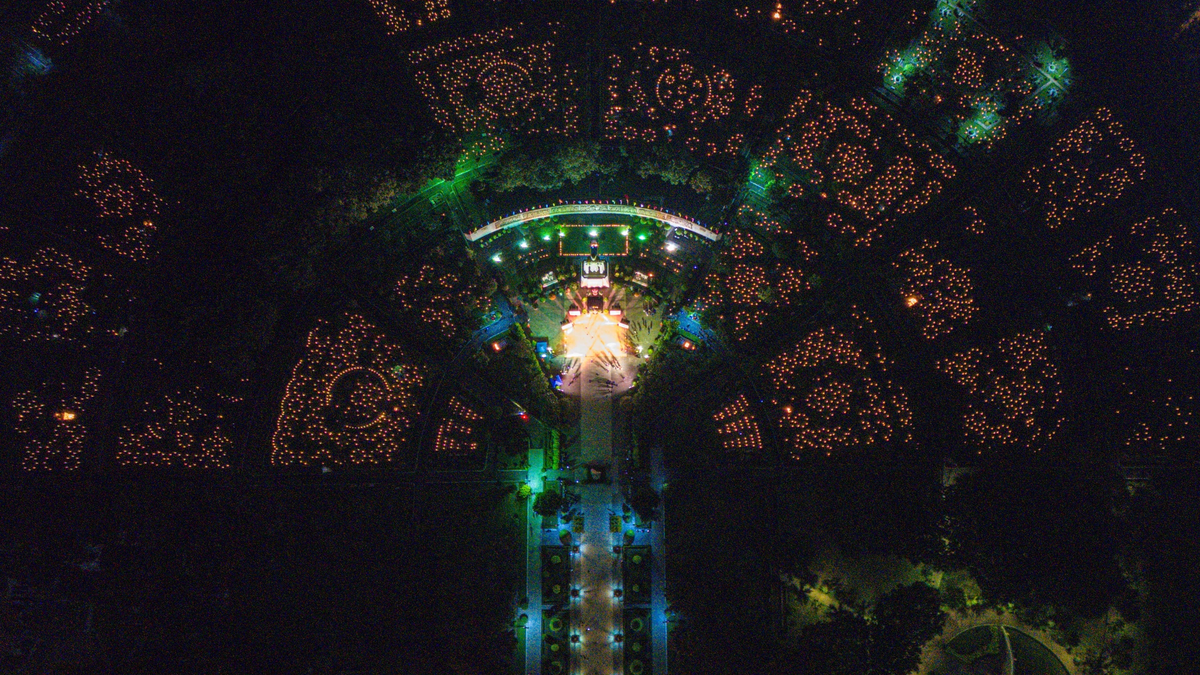

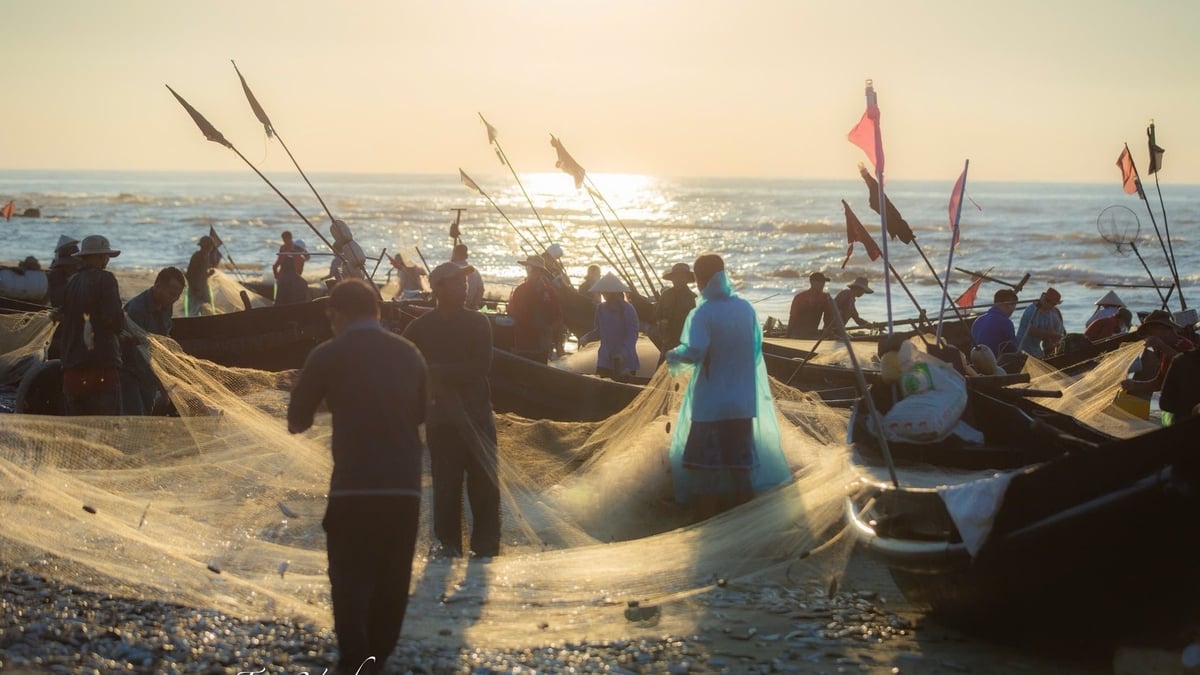
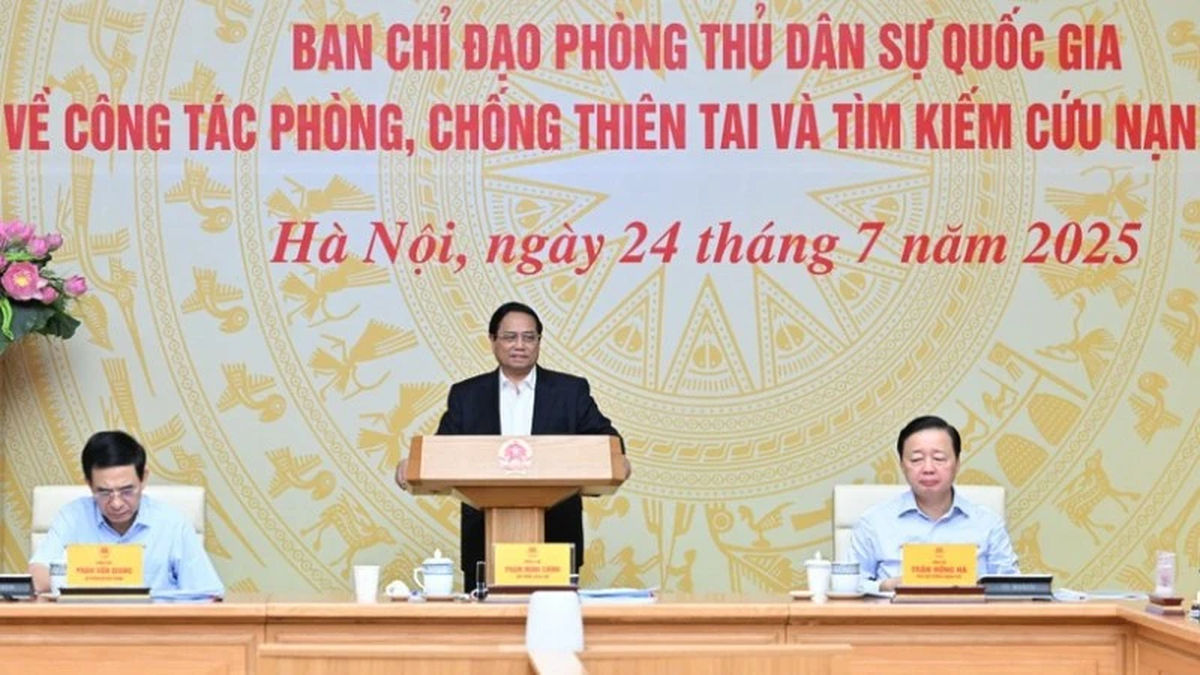
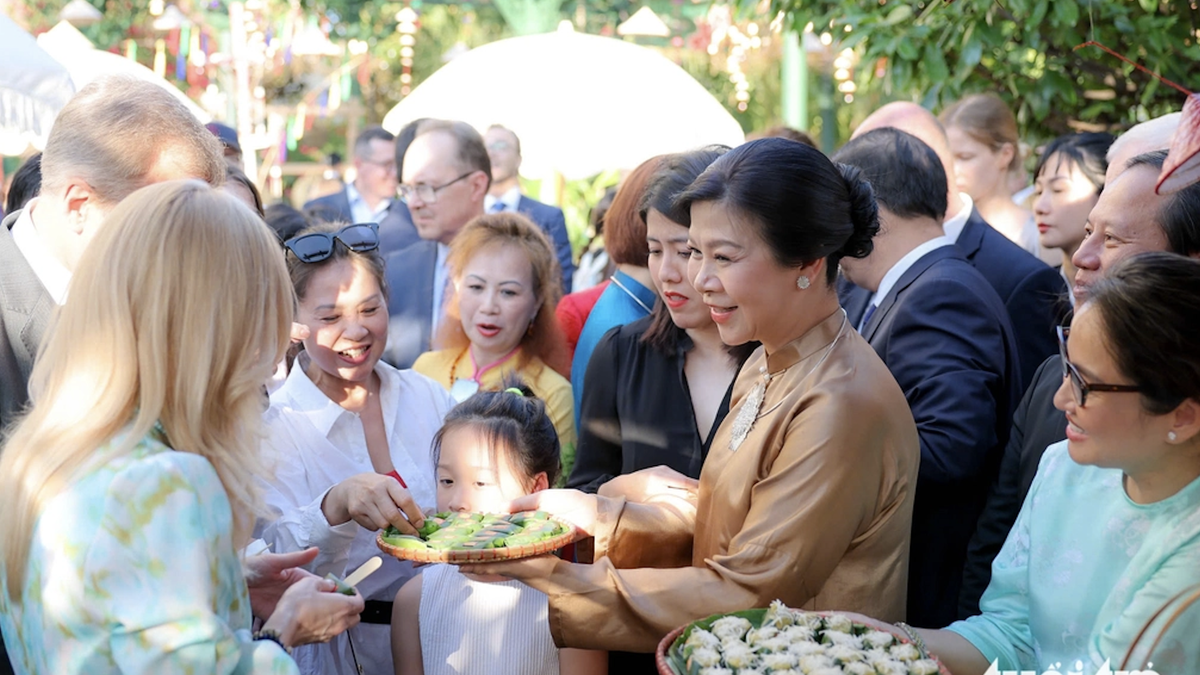
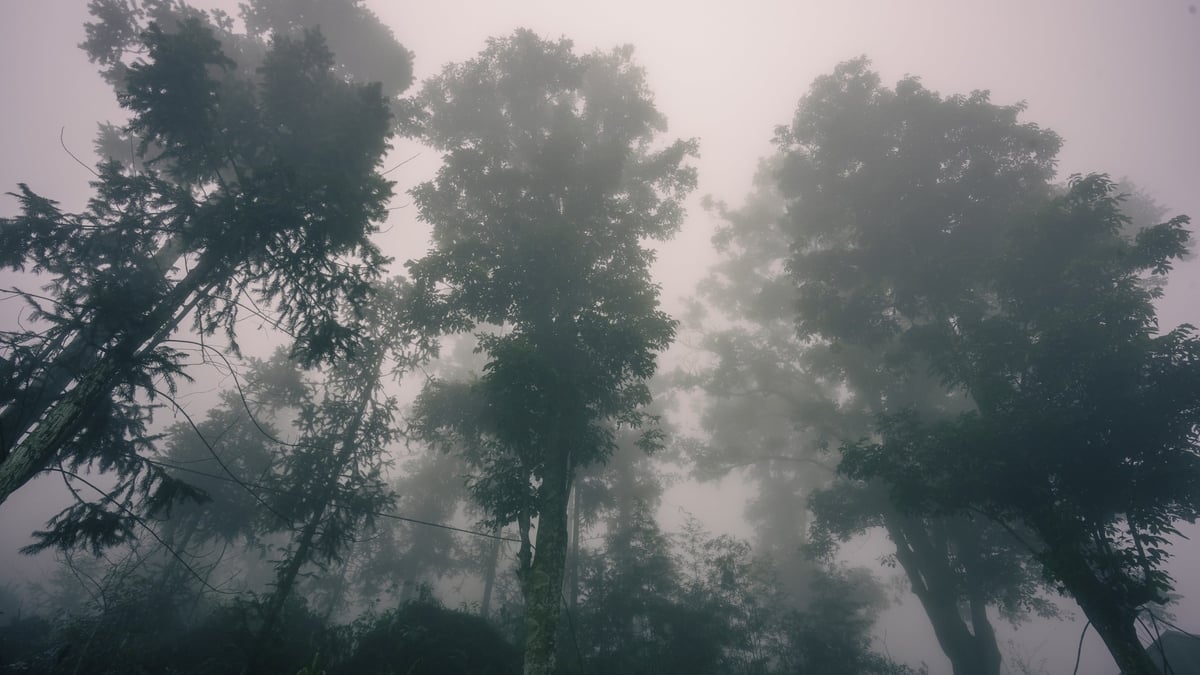





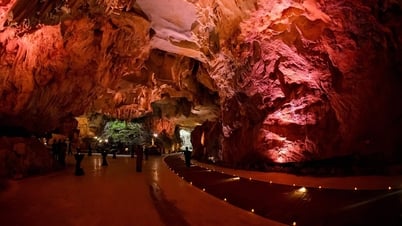
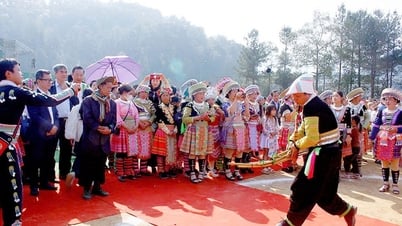

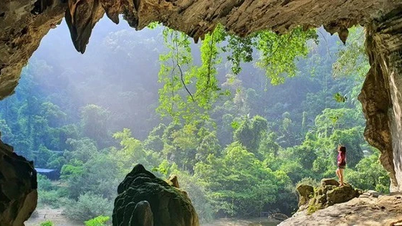

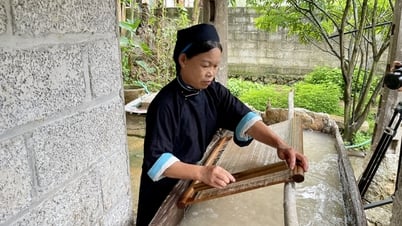



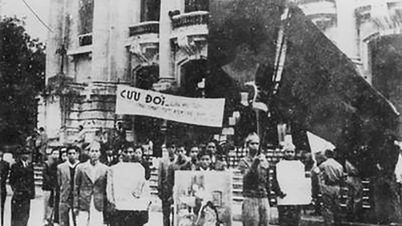





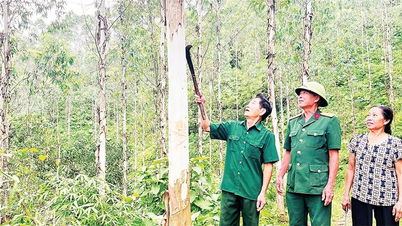

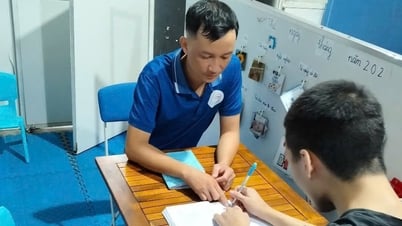

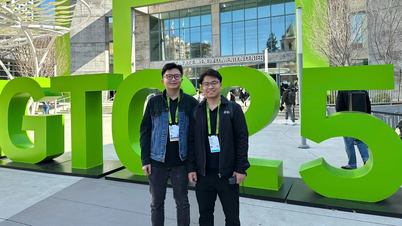

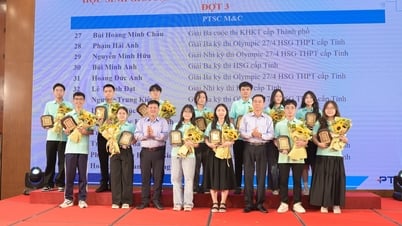

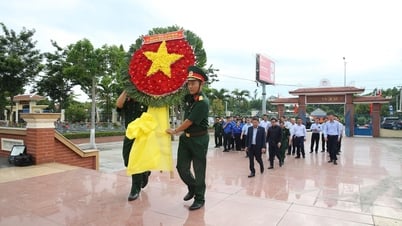











![[Photo] National Assembly Chairman Tran Thanh Man receives Chairman of Morocco-Vietnam Friendship Association](https://vphoto.vietnam.vn/thumb/402x226/vietnam/resource/IMAGE/2025/7/26/b5fb486562044db9a5e95efb6dc6a263)
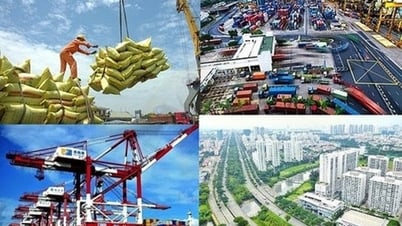


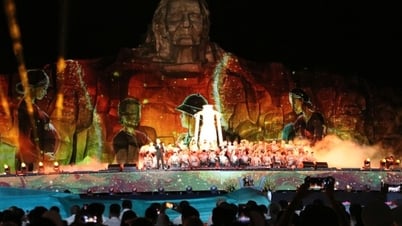


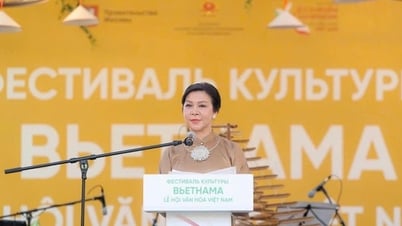
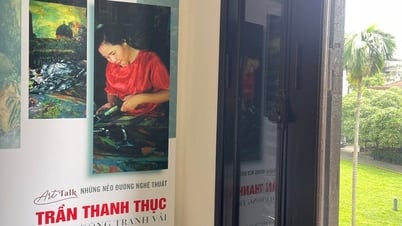
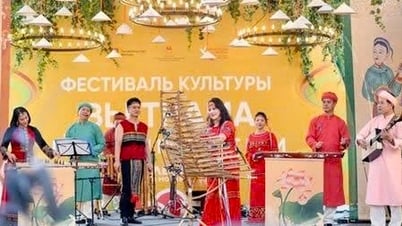
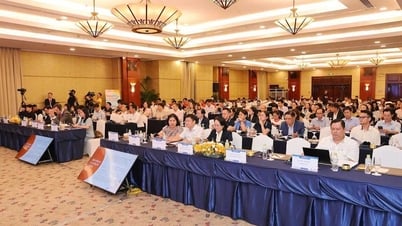




















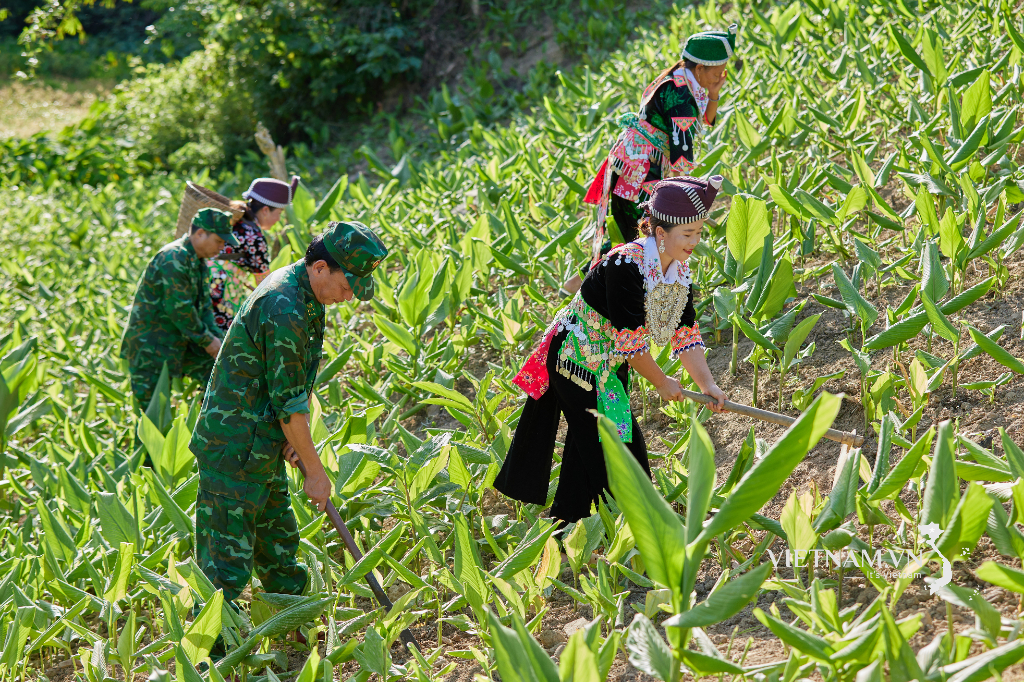


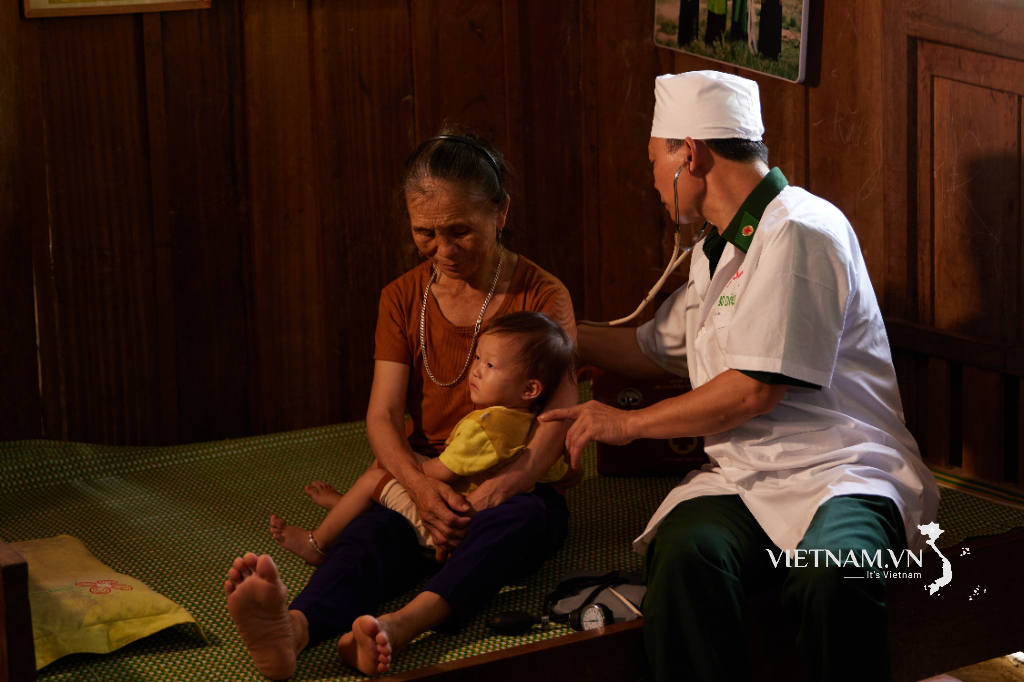
Comment (0)